If you took the boat to Lisbon with Transtejo, you’ll get off at Cais do Sodré. If you arrived by train with Fertagus, you should get off at Entrecampos train station.
Lisbon has a lot to offer. From its hills and viewpoints, you can see the city’s vast landscape, the 25 de Abril Bridge, and the boats crossing the Tagus River.
This city is rich in history, culture, and architecture. Must-visit locations include Terreiro do Paço by the river, the elegant Baixa Pombalina with its squares and monuments, the Santa Justa Elevator, the São Jorge Castel, and religious buildings like Carmo Convent and the Lisbon Cathedral.
To explore the city and its historic neighborhoods like Alfama, Mouraria, Graça, Bairro Alto, and Bica, take the famous streetcar, especially line number 28 . In these areas, you can also listen to Fado music in traditional houses or visit the Fado Museum in Alfama to learn more.
A stroll through the lively streets of Chiado, with its charming shops and Portuguese disctintive pavement, is a delightful experience. Explore nearby churches and visit Parque Eduardo VII, the city’s largest park.
Before you continue, visit Parque das Nações in the eastern part of the city, where you can walk in beautiful gardens and see the Oceanarium.
In Cais do Sodré, check out Mercado da Ribeira, where the traditional market combines with a vast dining space. Move ahead to explore the National Museum of Ancient Art, the Orient Foundation Museum, and the Electricity Museum.
As you venture west, Belém offers many monuments and museums, including the Palácio de Belém, Pasteis de Belém pastry shop, Jeronimos Monastery, Monument to the Discoveries, and Belém Tower. Don’t miss the view from the entro Cultural de Belém terrace. This area also has several museums, like the National Coach Museum, the Navy Museum, the Calouste Gulbenkian Planetarium, and the Combatant Museum.
In Algés, explore the Vasco da Gama Aquarium and enjoy the beaches along the coast, leading to Cascais.
From Caxias, take the train for a scenic journey along the line to Carcavelos station (Cascais).
Cascais starts near the mouth of the Tagus River and stretches to Guincho, with the Sintra-Cascais Natural Park as a backdrop. Explore the town, Citadel-Cascais Fortress, and Hell’s Mouth. Guincho Beach is a highlight for windsurfers.
The route continues along the coastline to Sintra, a UNESCO World Heritage Site. Explore the town, Serra de Sintra, and attractions like the National Palace of Sintra, Quinta da Regaleira, Moorish Castle, National Palace of Pena, Seteais Palace, Park and Palace of Monserrate, and the Capuchos Convent. Don’t forget to try typical sweets like “queijadas” and “travesseiros.”
Continuing, you’ll reach Cabo da Roca, the westernmost point of Europe, offering stunning views of the Atlantic Ocean and the Sintra-Cascais Natural Park.
Further down, you’ll find other beaches like Ursa and Adraga until you reach Praia Grande, where you can see dinosaur footprints in the rocks.
The section ends at Azenhas do Mar, a picturesque village on cliffs.
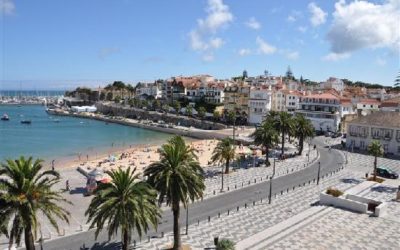
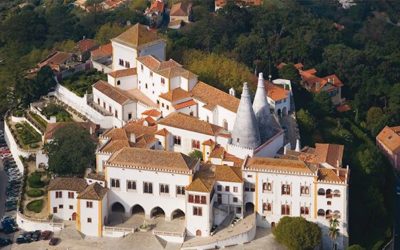
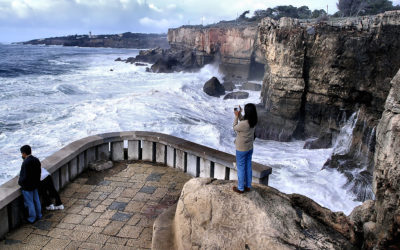
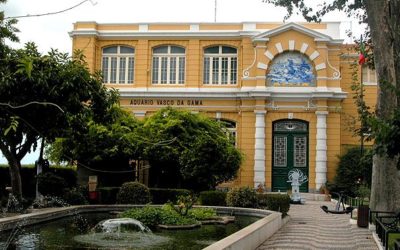
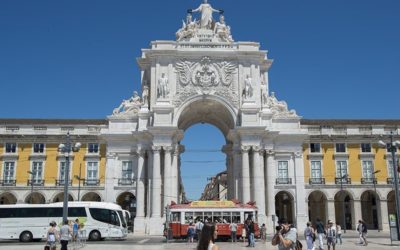
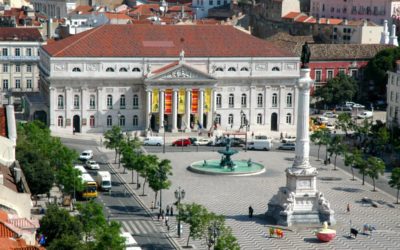

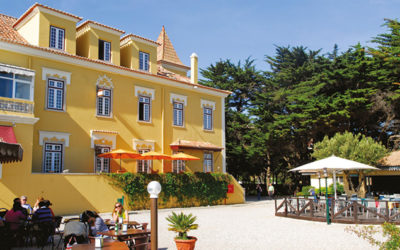
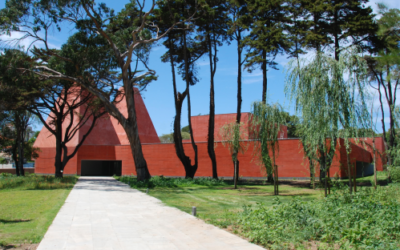
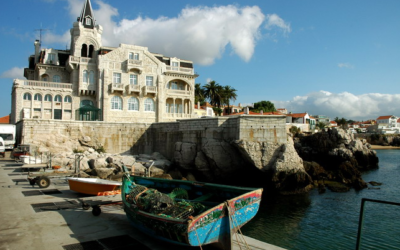
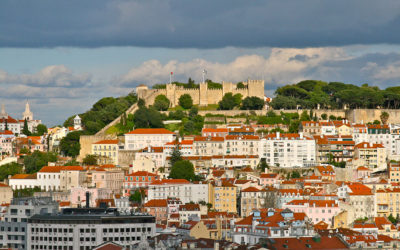

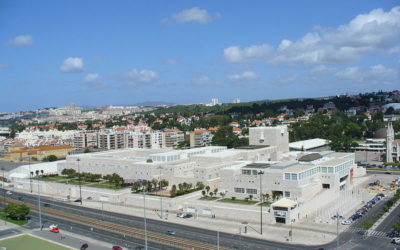
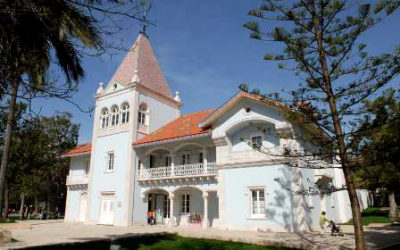
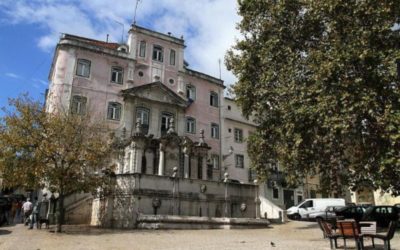

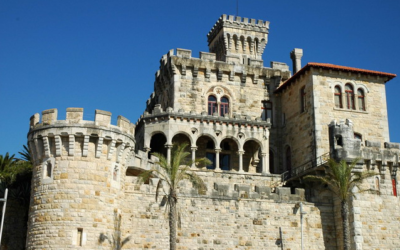
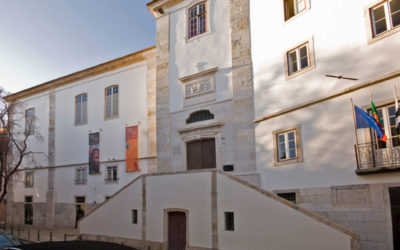


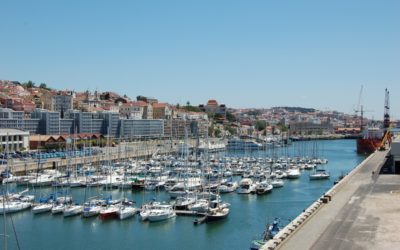
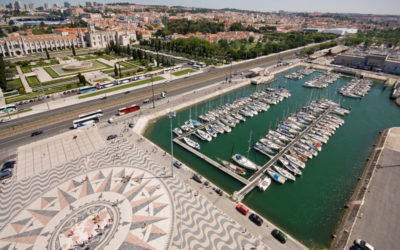
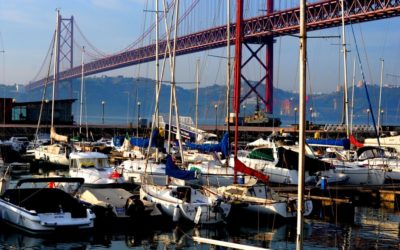
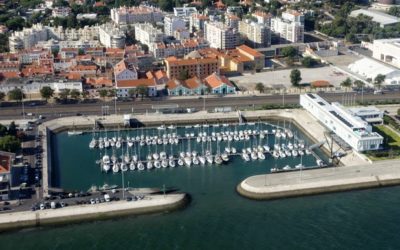


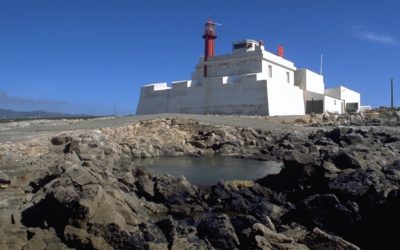
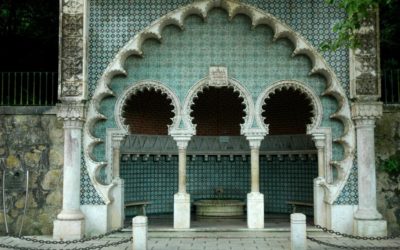

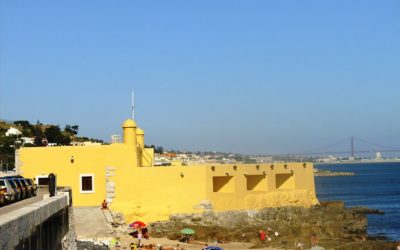
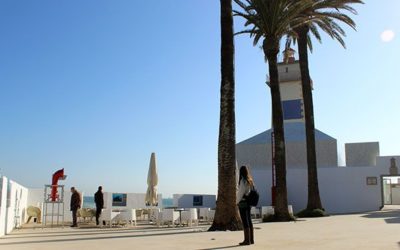
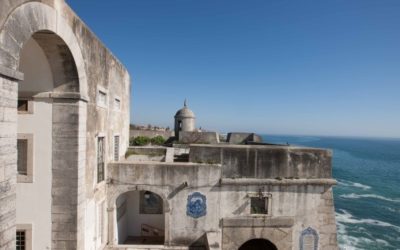
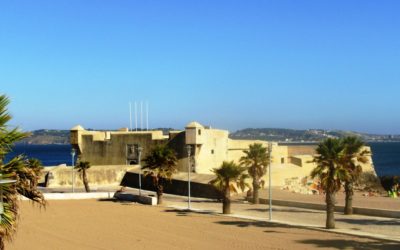
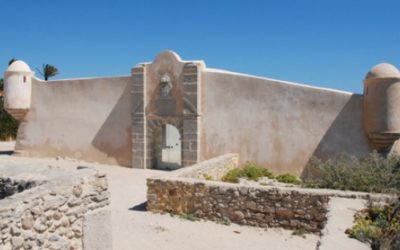
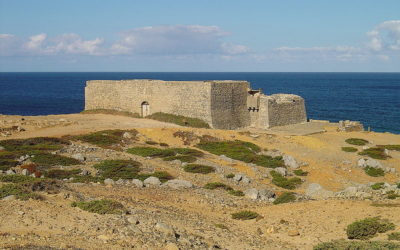


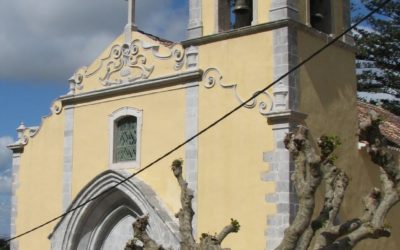
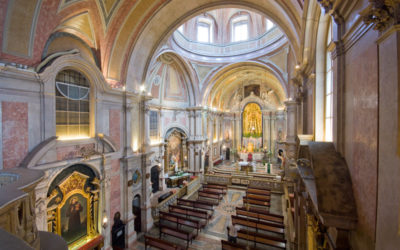
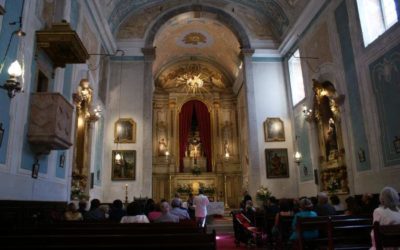
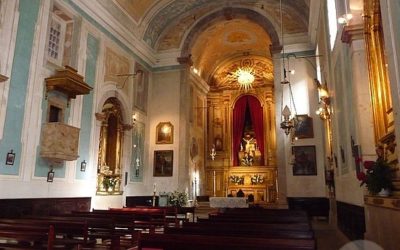
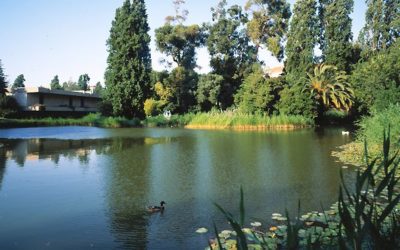
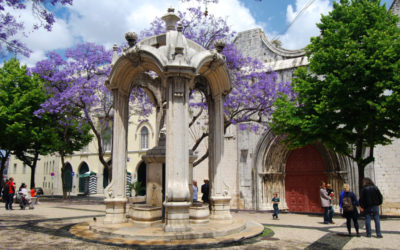
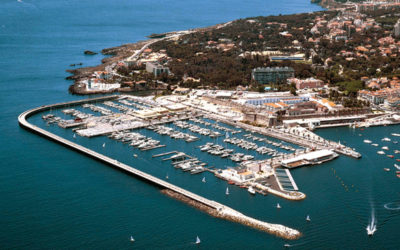

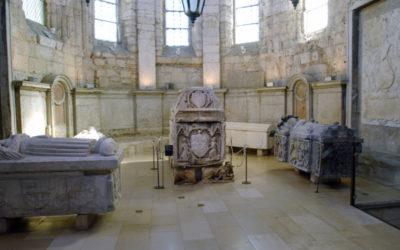
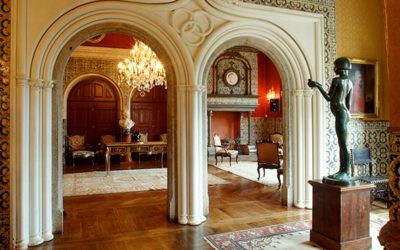

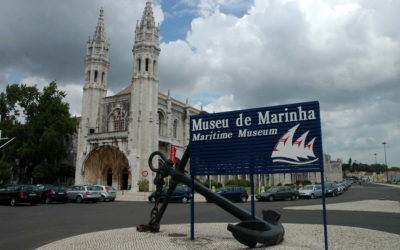
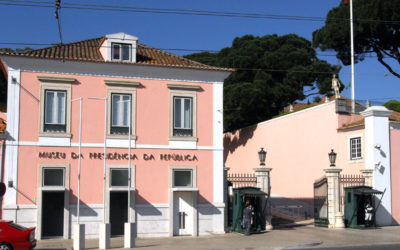
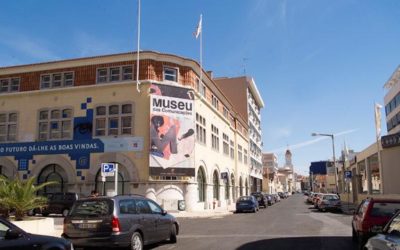
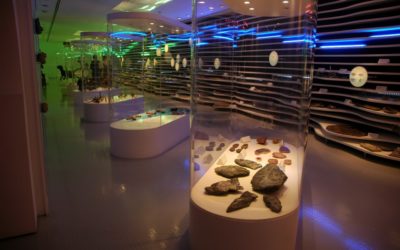

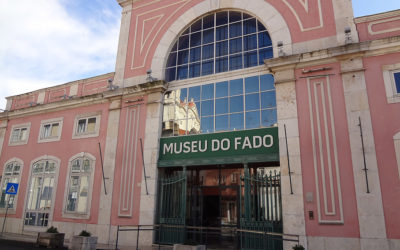
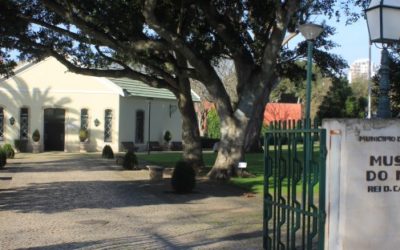
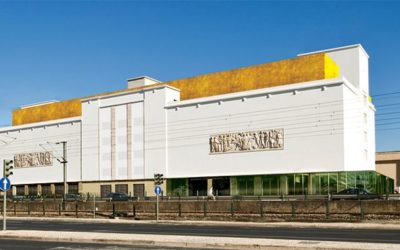
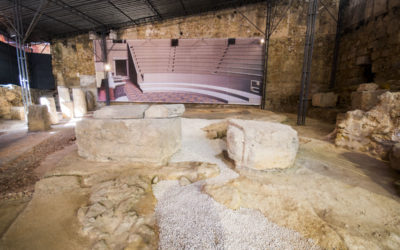


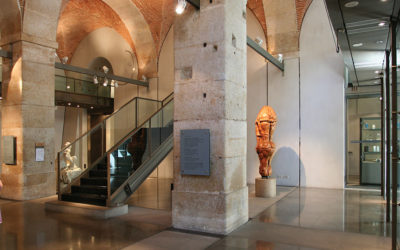
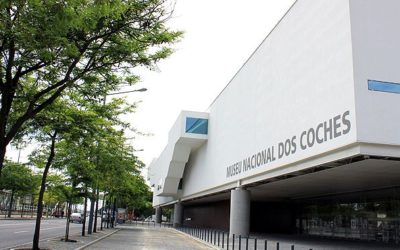
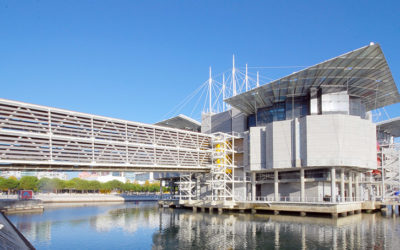
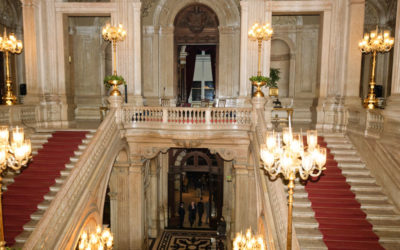
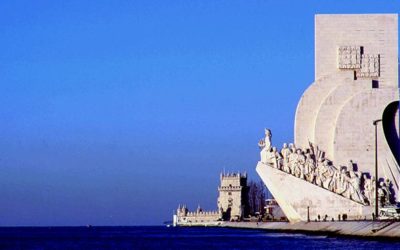
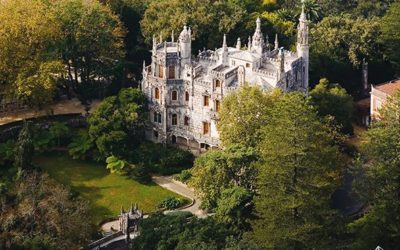
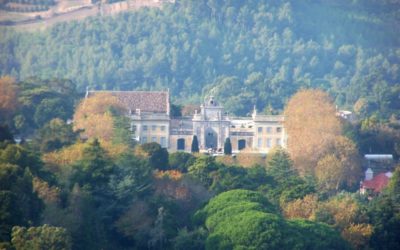
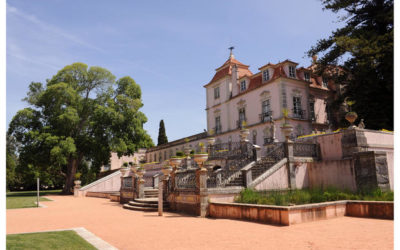
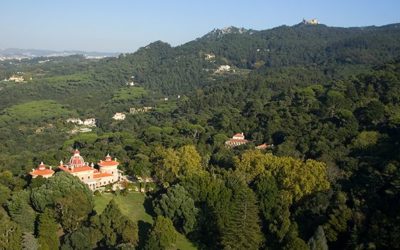
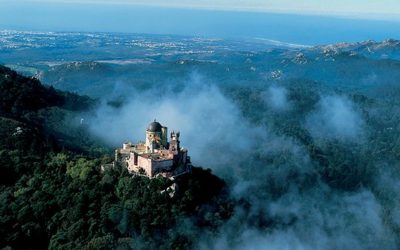
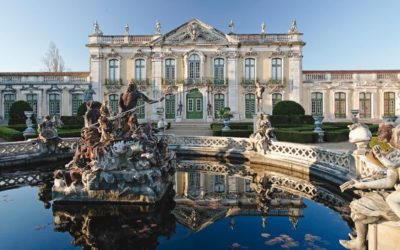
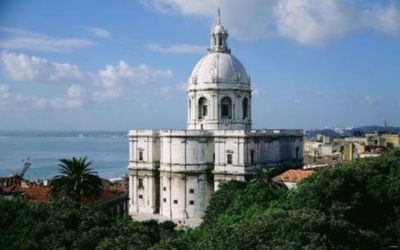
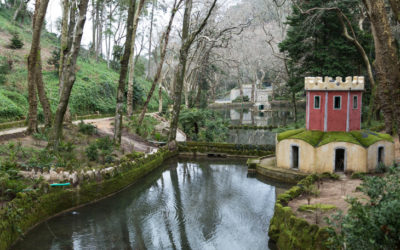
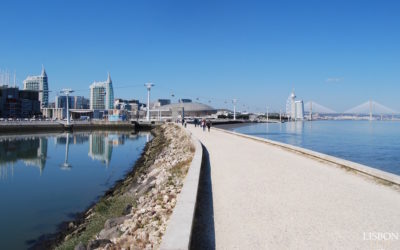
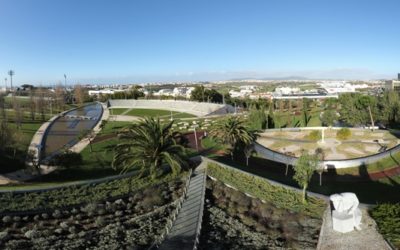

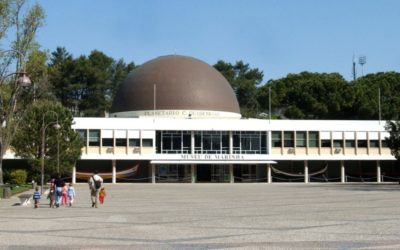
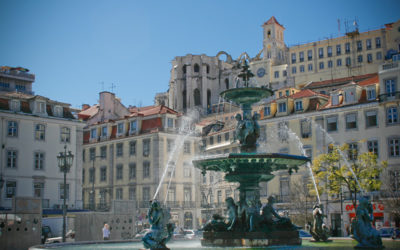

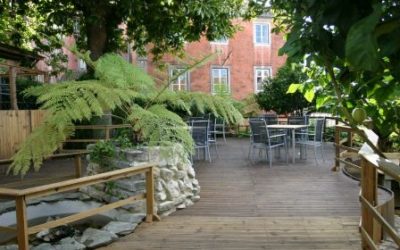
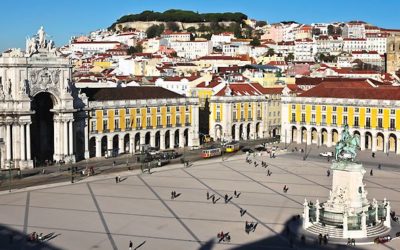
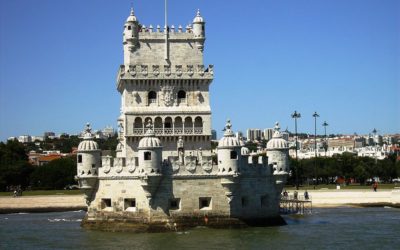
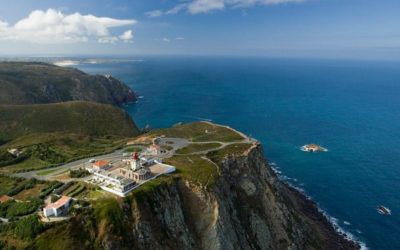
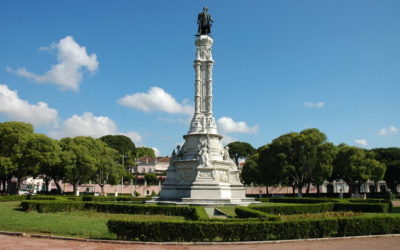
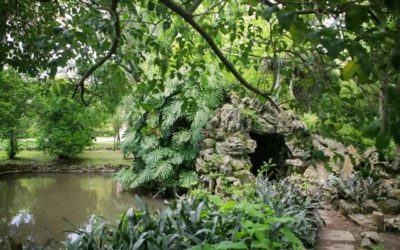
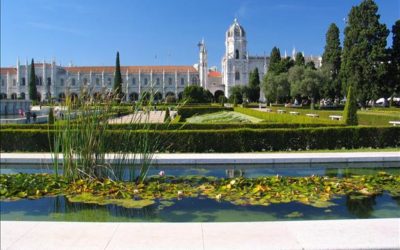
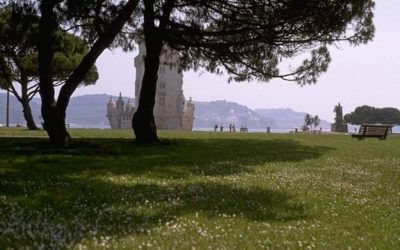
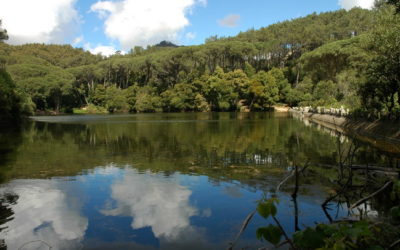
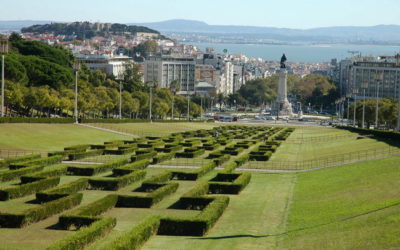
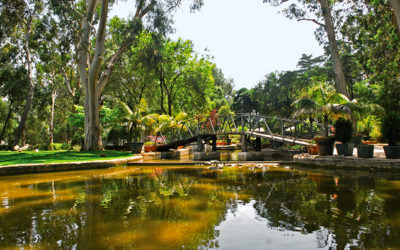

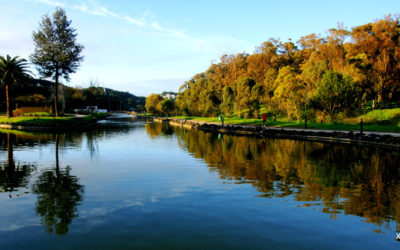
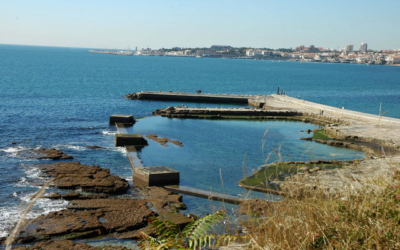

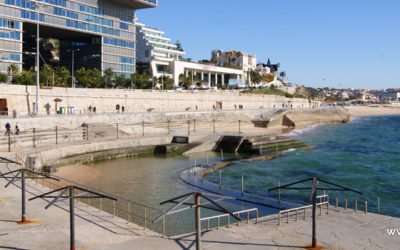
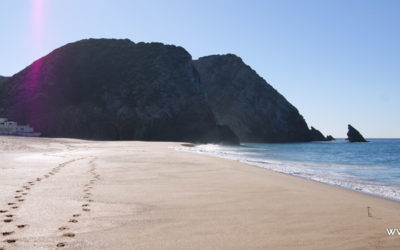
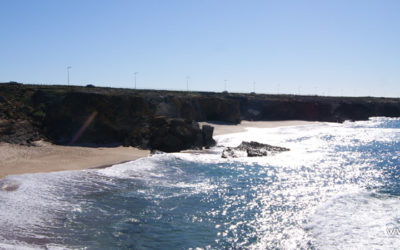
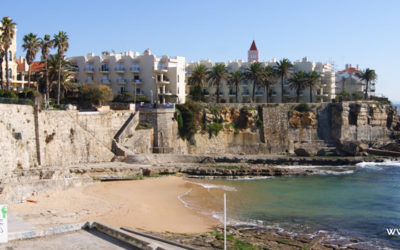

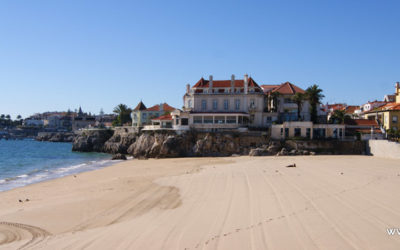
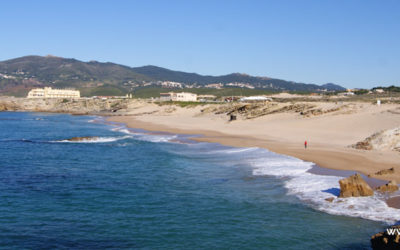

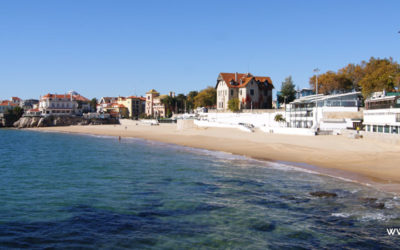
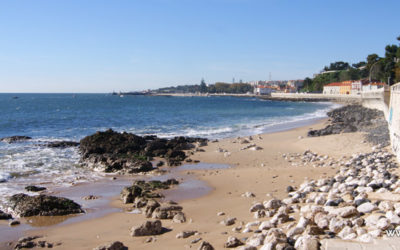
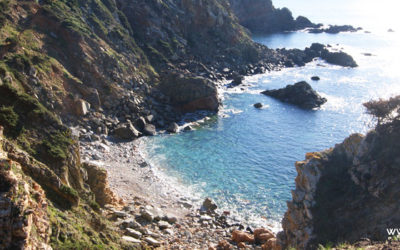
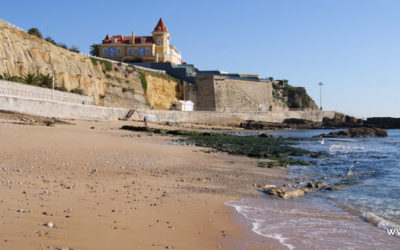

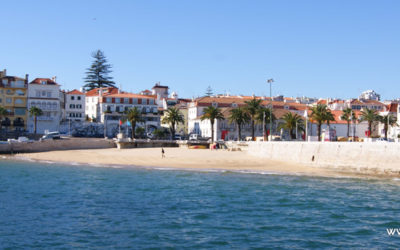
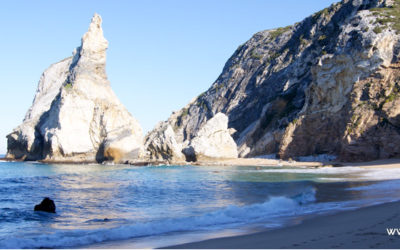

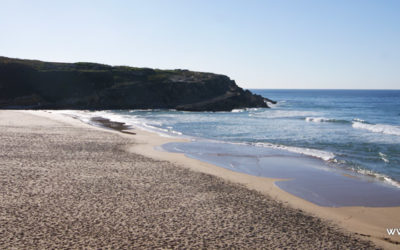

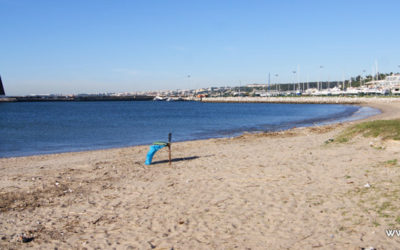

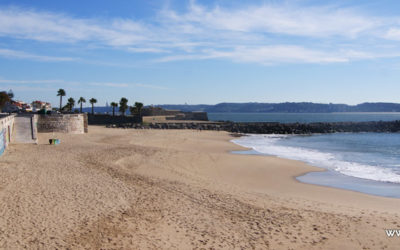
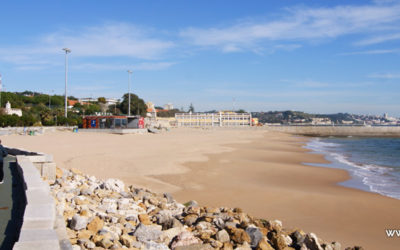
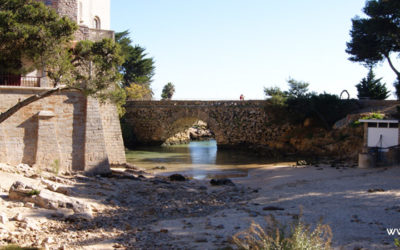
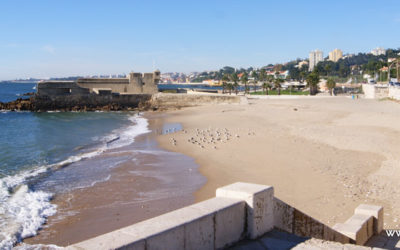
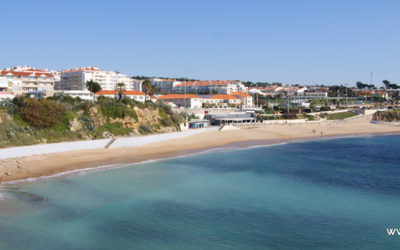
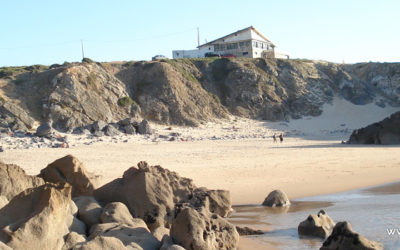
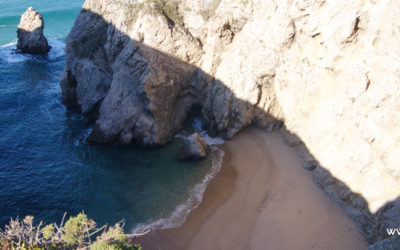
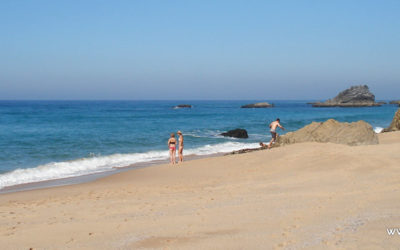


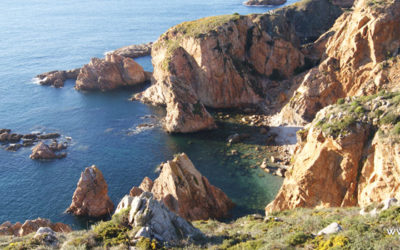


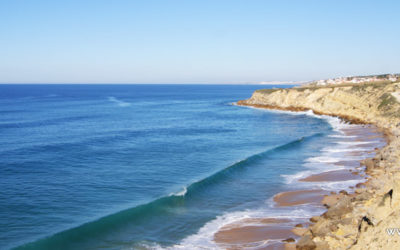
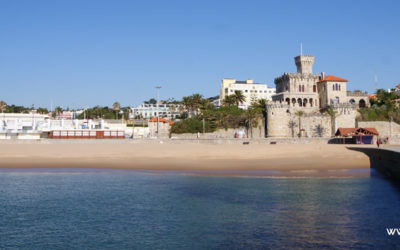
Comments: Section 15